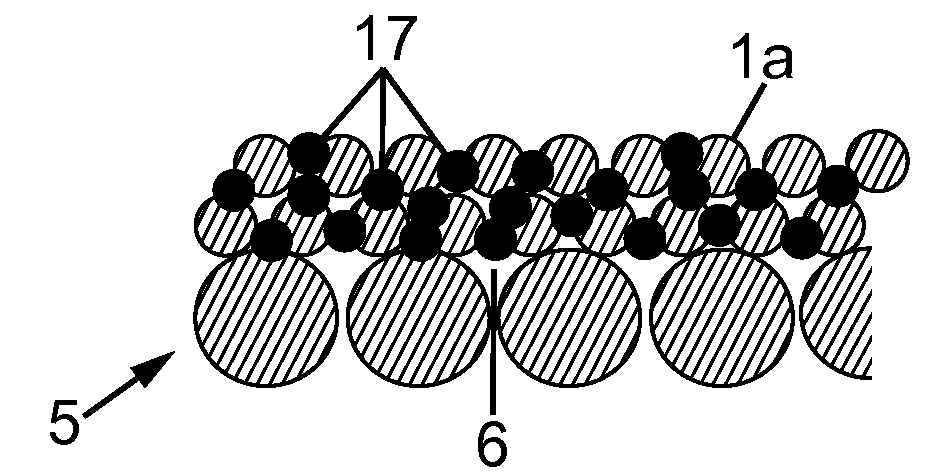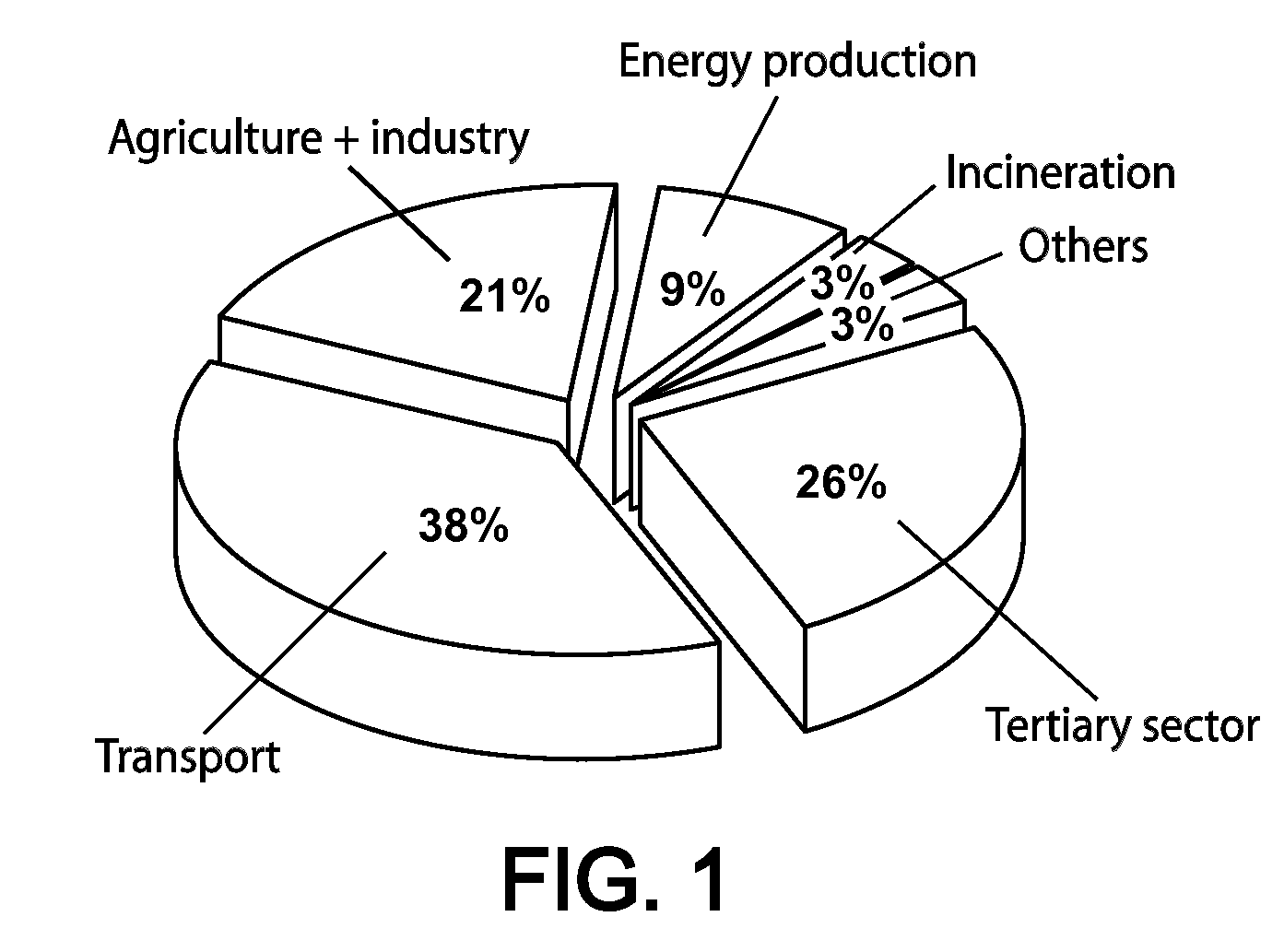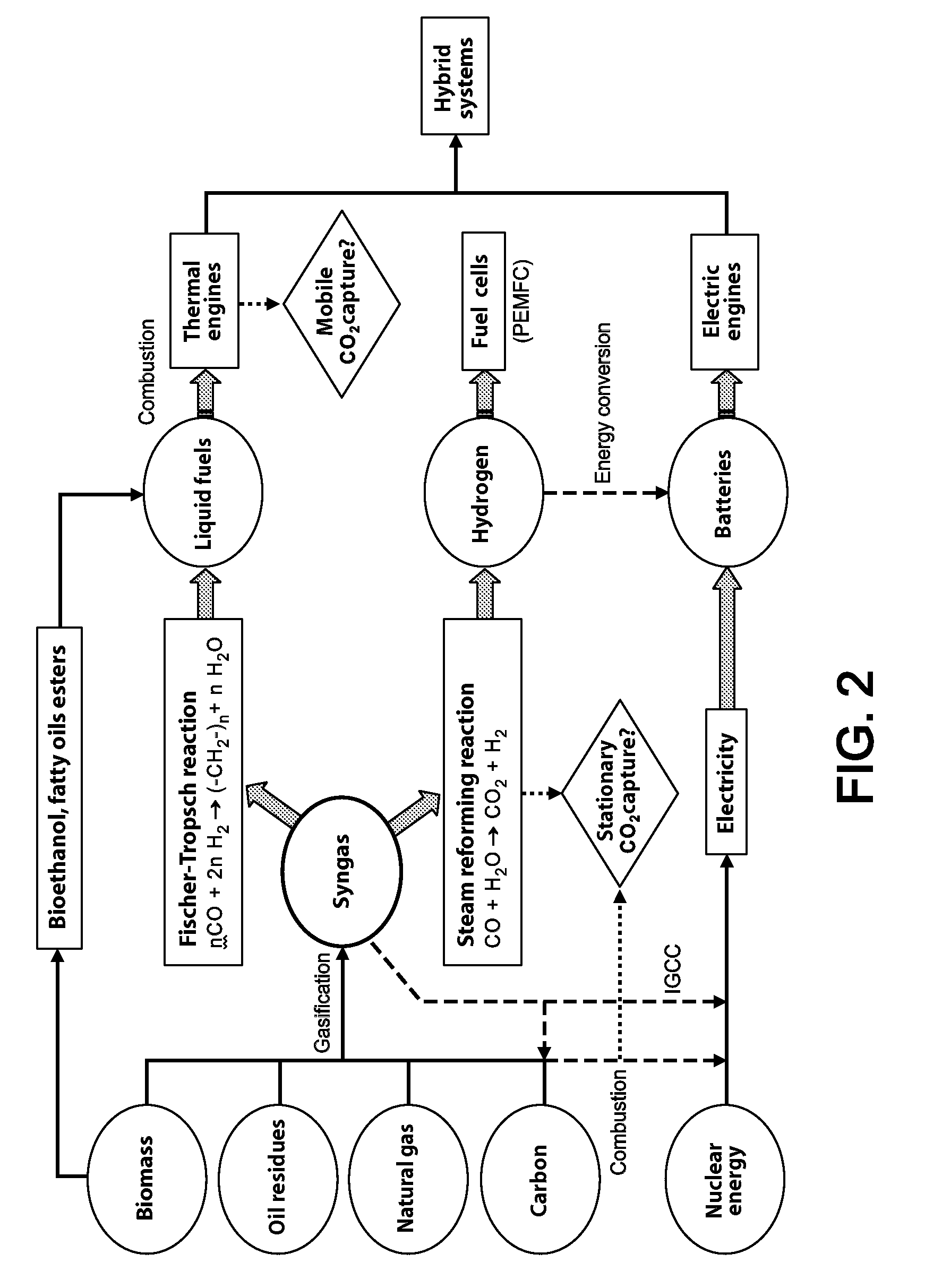Membranes and devices for gas separation
a membrane and gas separation technology, applied in the direction of membranes, separation processes, membranes, etc., can solve the problems of limited use of membrane systems, low volumetric density of hydrogen, and inability to immediately commercialize, etc., to achieve high flux, improve mechanical resistance, and high resistance
- Summary
- Abstract
- Description
- Claims
- Application Information
AI Technical Summary
Benefits of technology
Problems solved by technology
Method used
Image
Examples
Embodiment Construction
Experimental
[0043]Ceramic Support
[0044]Ceramic hollow fibres can be manufactured by a wet spinning process, such as, for example, described in Goldbach and al., “Keramische Hohlfaser-und Kapillamembranen”, Keram. Z. 53 (2001) 1012, enclosed hereby by reference.
[0045]Alumina particles (SUMITOMO α-Al2O3, mean particle size: 0.33 μm) were mixed with a solution of Polysulfone (SOLVAY UDEL P-3500) in N-Methylpyrrolidone (MERCK) and were ball-milled for 16 h. This slurry was spun through a spinneret into a water bath where the polymer precipitated incorporating the ceramic particles. The resulting green fibres were cut into 30-cm pieces and sintered to full ceramic hollow fibres. The properties of the final fibres are summarized in Table 1.
TABLE 1Properties of the ceramic hollow fibres used assupports for zeolite membrane synthesis in this workMean outer diameter1.65mmMean wall thickness230μmMechanical stability (3-point bending test)112MPaPorosity43%First bubble point2.5bara
[0046]Only ho...
PUM
 Login to View More
Login to View More Abstract
Description
Claims
Application Information
 Login to View More
Login to View More - R&D
- Intellectual Property
- Life Sciences
- Materials
- Tech Scout
- Unparalleled Data Quality
- Higher Quality Content
- 60% Fewer Hallucinations
Browse by: Latest US Patents, China's latest patents, Technical Efficacy Thesaurus, Application Domain, Technology Topic, Popular Technical Reports.
© 2025 PatSnap. All rights reserved.Legal|Privacy policy|Modern Slavery Act Transparency Statement|Sitemap|About US| Contact US: help@patsnap.com



